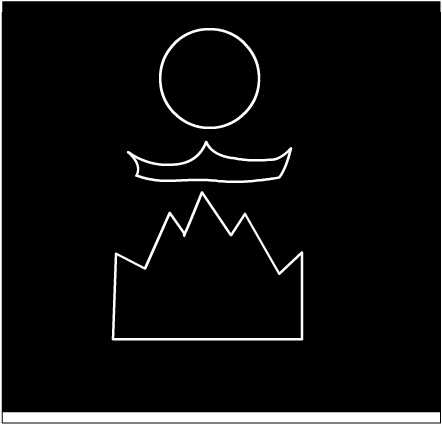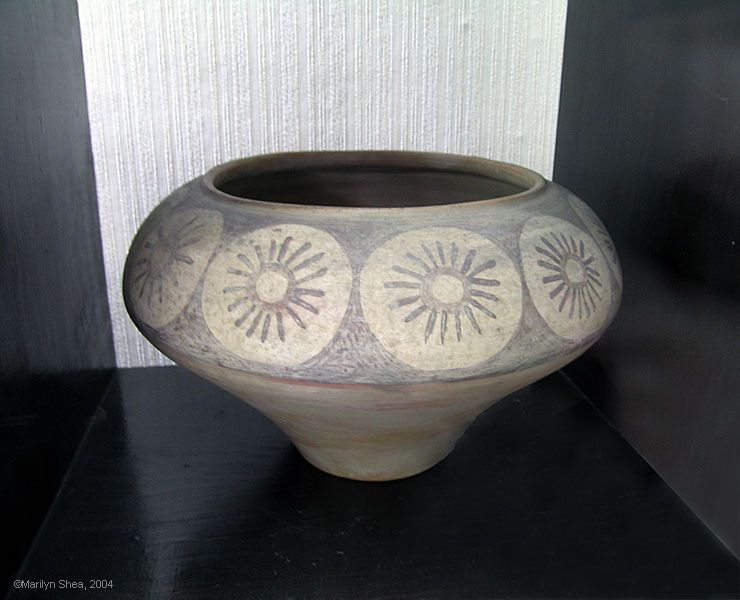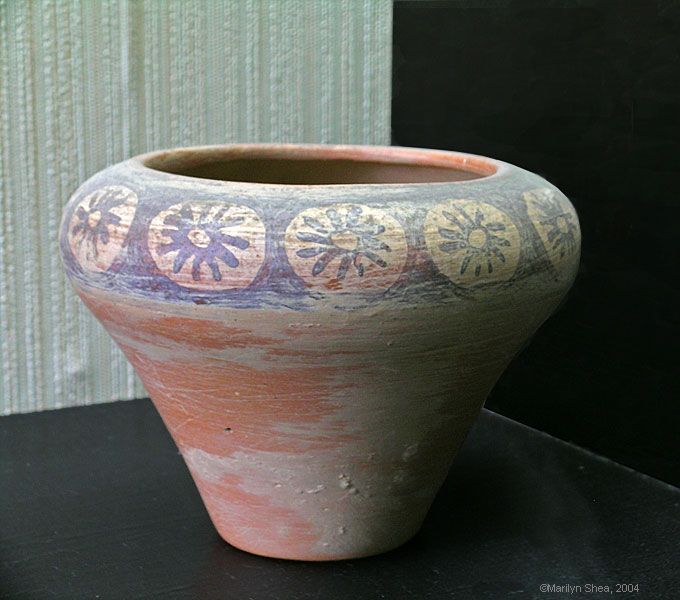Chinese Astronomy - Neolithic
| Crossing a desert in search of an oasis, high in the mountains on their way to summer pastures, moving from place to place following the herds, the ancients didn't have sign posts, maps, or a convenient gas station. They looked to the sun and the stars to orient themselves, find their way, foretell the seasons, and for their gods. It's hard for us to imagine with our cell phones, Google maps, and GPS receivers that they could travel hundreds and thousands of miles and return without our modern appliances. Of course, they could have gotten lost and thus populated the earth, but at some point they accumulated enough information so they could predict when it was time to go to warmer climes, to find caves for winter, to travel and return to the same place, and eventually when to plant the grain.
The evidence of these prehistoric stargazers is found all over the world. There are strangely connected sites in the Americas, Stonehenge, the passage mounds in Denmark and Germany, and later the elaborate structures of the Incas, Mayas, Babylonians, and Egyptians. Only speculation gives us any idea of the beginnings of astronomy. Analysis of the myths of various ancient cultures from Australia to America, from Scandinavia to China shows man searching for guidance, not only on foot but through life. The gods lived among the stars and planets, or were the stars and planets. Once early man saw the regularity of patterns they began to see conscious entities guiding those patterns. Once they could predict the seasons and direction, they looked to the stars to predict everything. The more closely these beliefs were tied to their culture, the greater the importance of accurate measurement and observation. As people settled into villages and stabilized culture, they had the means to more readily pass on knowledge from generation to generation and to cooperate to build some of the structures that give us physical clues to their beliefs. In China, the history of astronomy also begins before the written record. While there is some evidence going back to the 15th century BC, it was during the Neolithic Age that people settled into villages and began to leave lasting mementoes of their lives. Neolithic settlements dating back to 8,000 BC in the south and 6,000 and 5,000 BC in the north of China have included pottery decorated with images of birds, animals, people, and sun patterns. The sun patterns don't tell us how sophisticated their observations were, only that they attempted to record a feature of their lives. Below is a pattern that could be the sun or the moon over mountains. The two pottery examples below show the sun with rays extending from the center. |
 |

